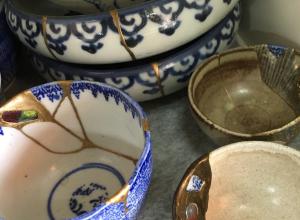Borlenghi believes that in order for Latin American contemporary art to really arrive, commercial success is not enough; museums hold the key. He cites an epoch-making show at the MFA Houston 20 years ago, titled—with a clear nod to Torres-García—“Invert- ed Utopias: Avant-Garde Art in Latin America.” “That was a very important moment in Latin American art,” says Borlenghi. “It showed that Latin American art is not derivative of North Amer-ican art, but in reality Latin American art came before North American art.” Considering that Spanish settlement predated English settlement of the New World, that statement is literally true, but it is also arguably true of modern art, in that abstraction and Surrealism achieved a toehold in Latin America earlier than in the U.S. As Nader observes, the Chilean Roberto Matta was a seminal influence on Abstract Expressionism, usually considered a North American movement. The Houston show focused on the period 1920-1970, with 200 works by 67 artists from Argentina, Brazil, Chile, Colombia, Cuba, Mexico, Puerto Rico, Uruguay, and Venezuela. In order for there to be more exhibitions of equal importance devoted to contemporary Latin American art, museums must first possess a critical mass of the works. “There is very little activity of sale of Latin American art to museums in the U.S.,” says Borlenghi. “That’s where our focus needs to be if we are to do our job well.
In the meantime, though, the artists continue to create, and to some extent, they don’t care much about the category of “Latin American art.” For one thing, most simply wish to be seen as artists, full stop. For another, the situations in their home countries are so different that it can be difficult and even unproductive to generalize. Take Cuba, for example, a country that has long been particularly fertile for art. The mixture of influences—Spanish, Indigenous, and African—is partially responsible. One of the very greatest modern masters, Wifredo Lam, was from Cuba, and his work integrated the avant-garde conceptions he learned in Europe with the Afro-Cuban aesthetic he grew up with. In the generations since, due to the Cuban Revolution and its aftermath, Cuban art has been deeply preoccupied with migration and exile, which has profoundly affected its character. Ironically, after Cuba opened up to U.S. travel and commerce in the 1990s, artists began to do quite well financially; for a while they were among the wealthiest people in the country. Now, it is much harder to make a living there as an artist, artistic freedom is limited, and many artists have chosen exile. “There is now much less of a market for Cuban artists in Cuba,” says Borlenghi. “Typically they have been coming here, and recently going to Spain for a variety of reasons. The trend of migration continues.”

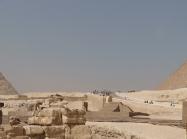


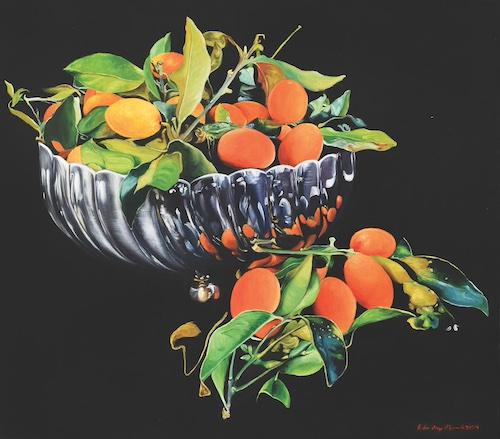
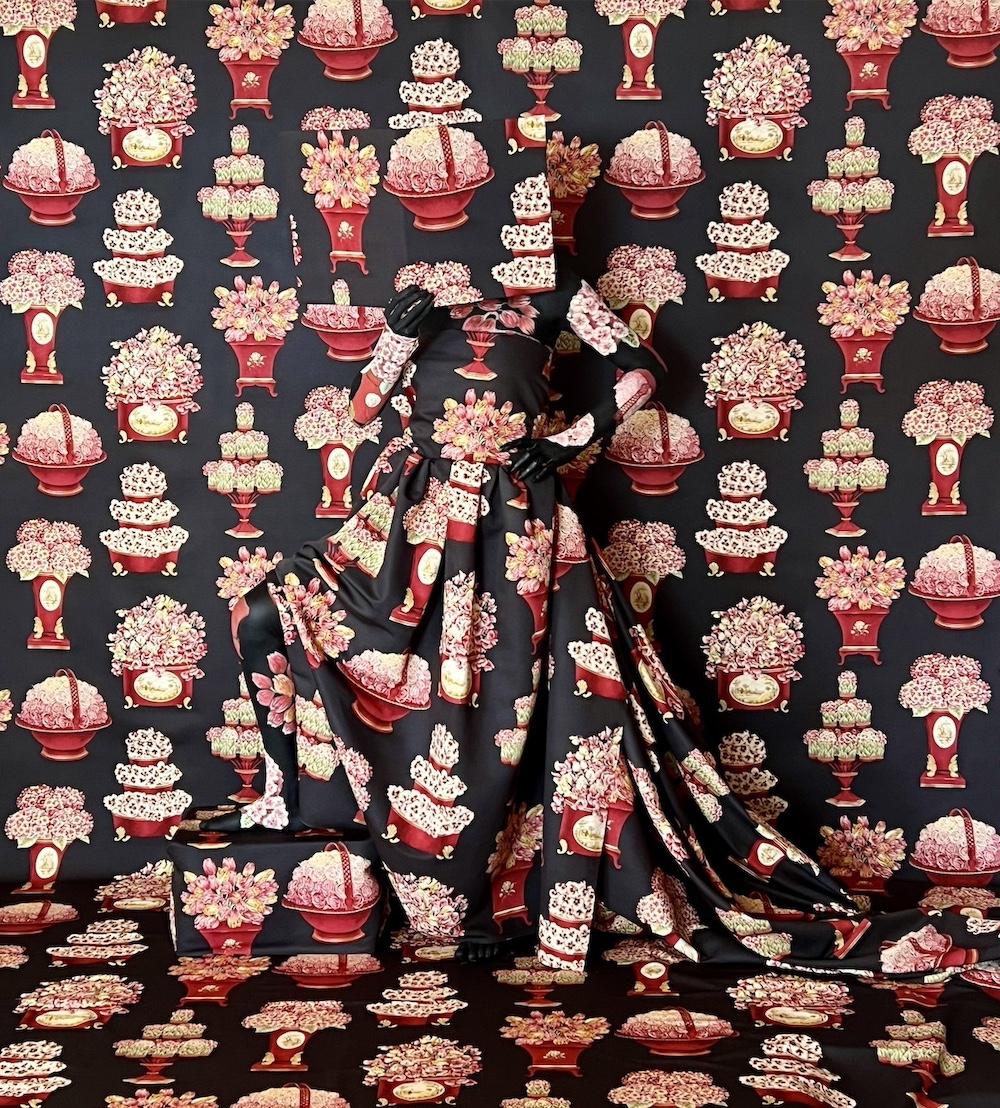
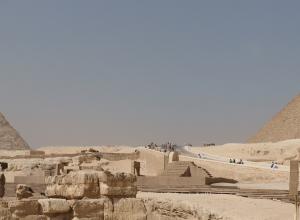
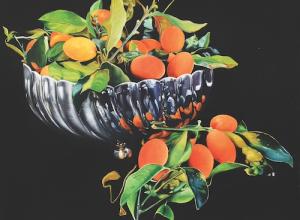
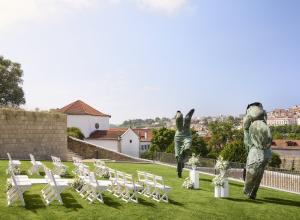
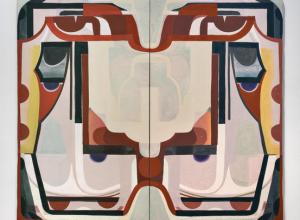
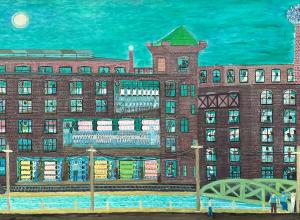
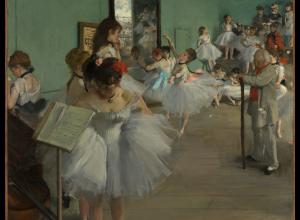
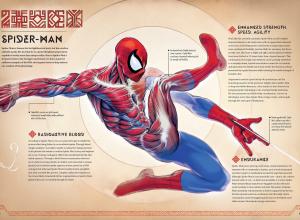

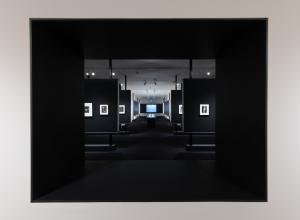

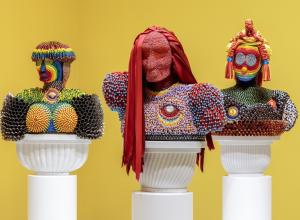
![DEl Kathryn Barton [Australian b. 1972] the more than human love , 2025 Acrylic on French linen 78 3/4 x 137 3/4 inches 200 x 350 cm Framed dimensions: 79 7/8 x 139 inches 203 x 353 cm](/sites/default/files/styles/image_5_column/public/ab15211bartonthe-more-human-lovelg.jpg?itok=wW_Qrve3)
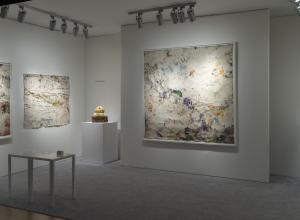
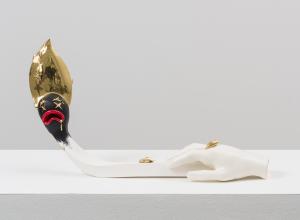
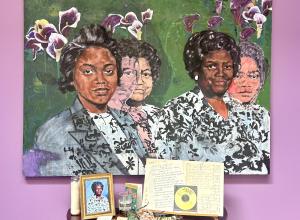
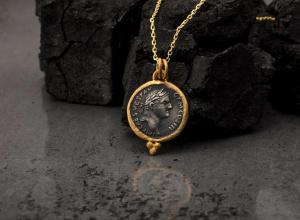
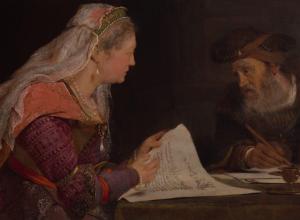

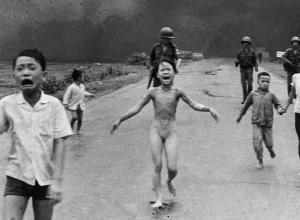
![Ginevra de’ Benci [obverse]. 1474/1478. Leonardo da Vinci. Oil on Panel. Ailsa Mellon Brue Fund, National Gallery of Art.](/sites/default/files/styles/image_5_column/public/ginevradebenciobverse196761a.jpg?itok=hIzdUTaK)
